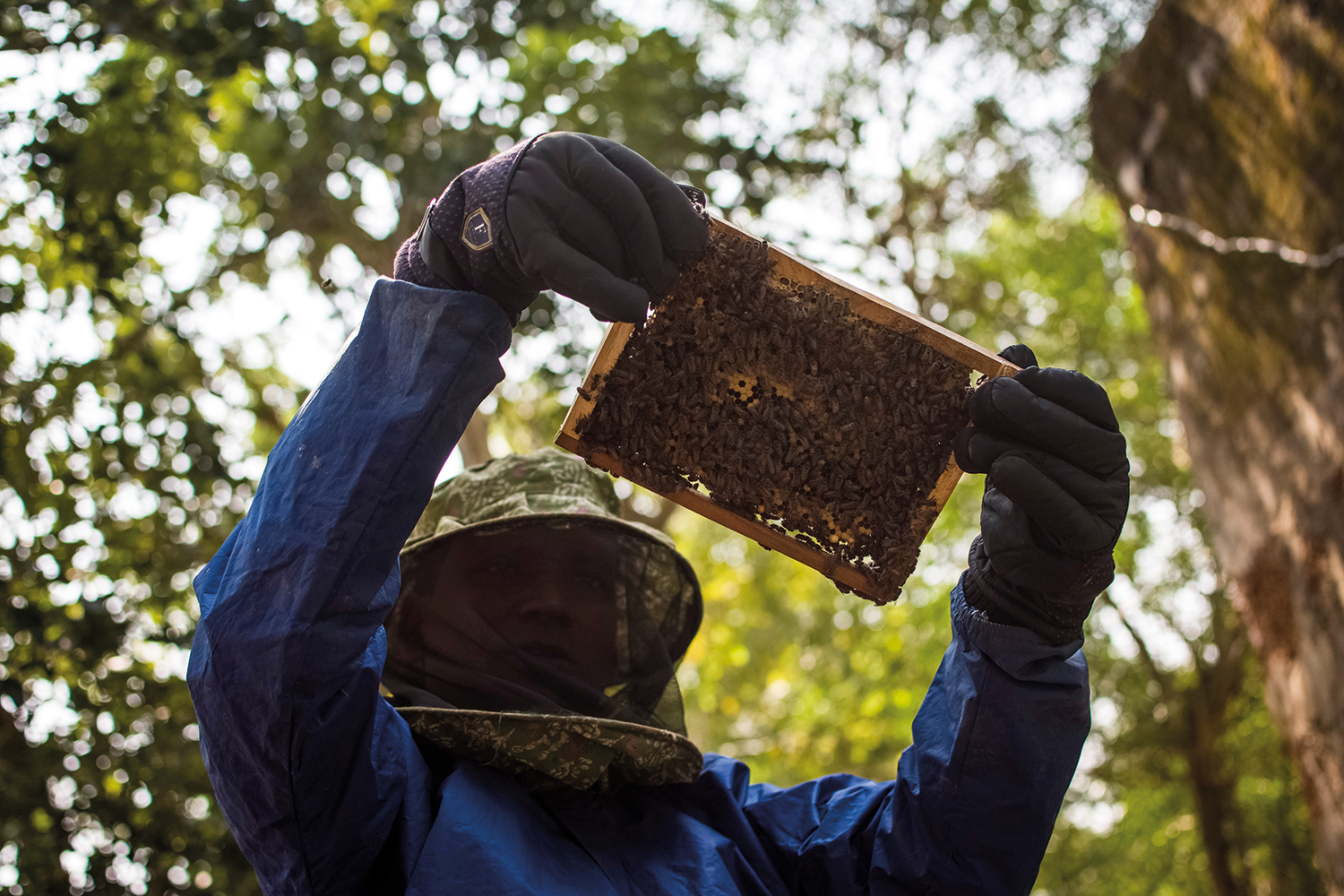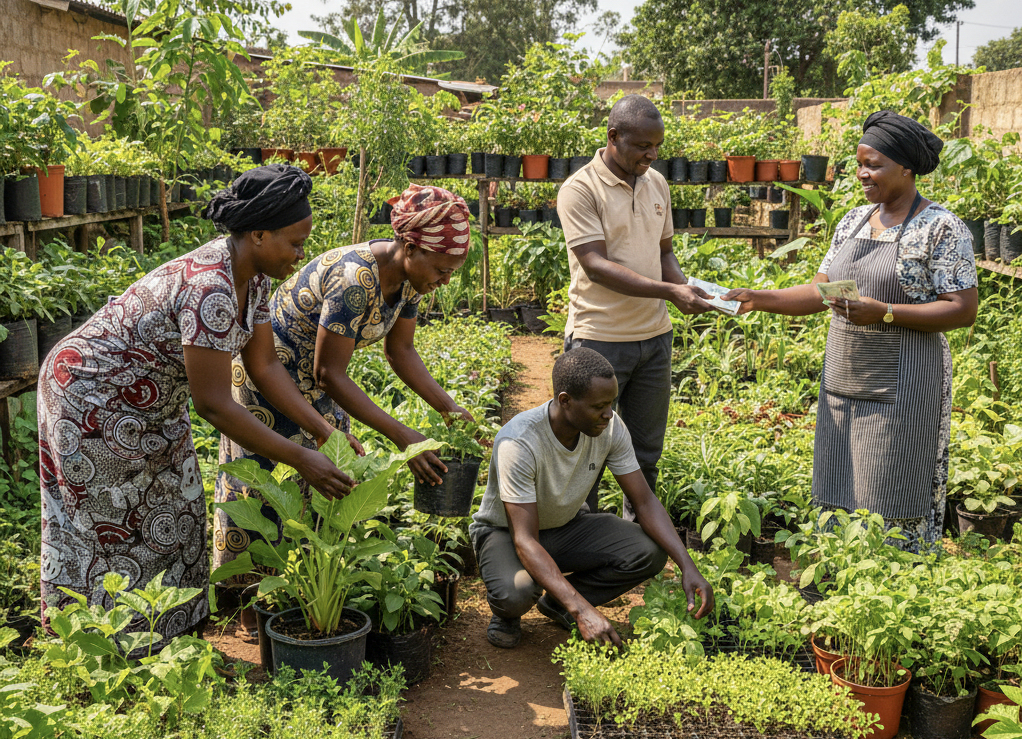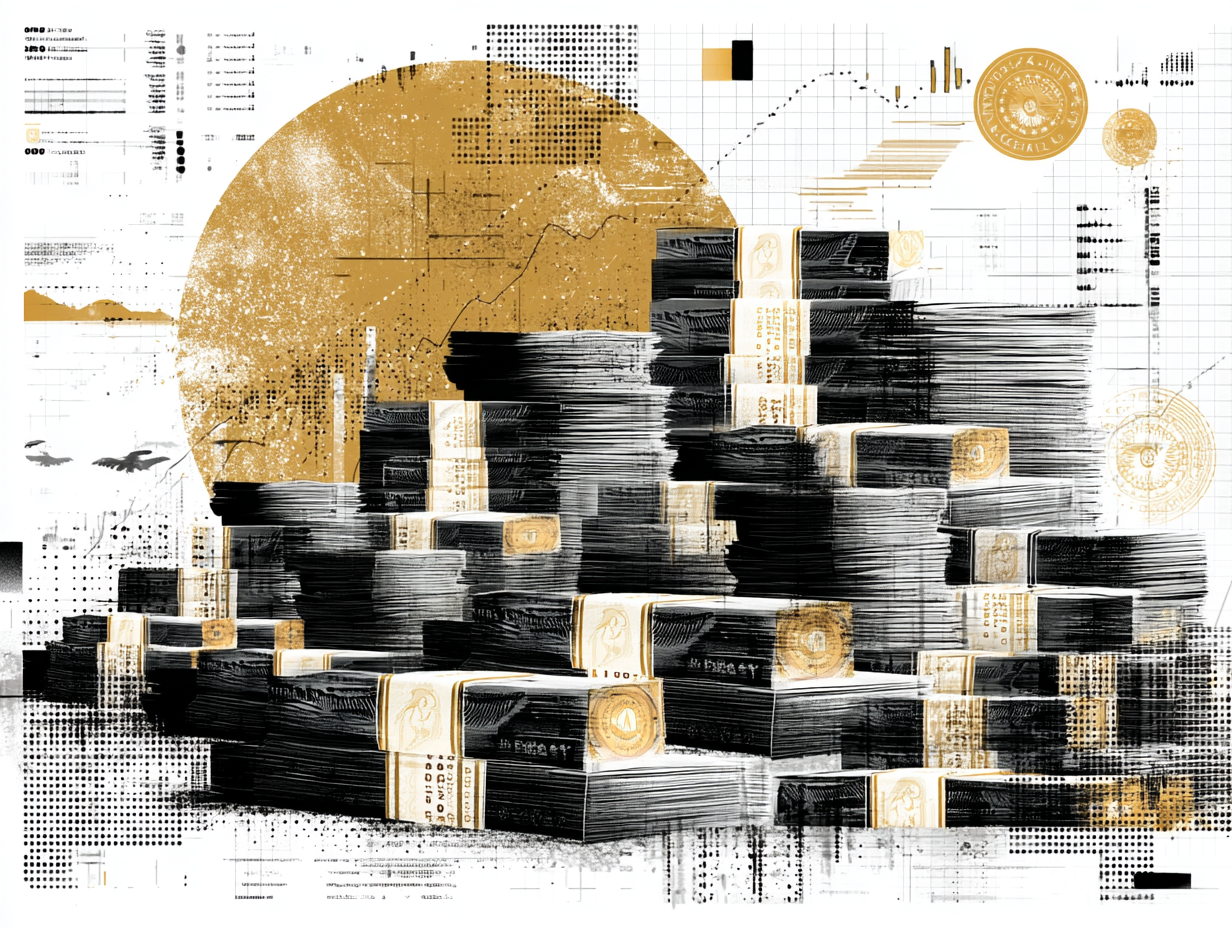Zambia is endowed with natural resources. The symbolism of the national flag reflects this: green for our natural resources, orange for our mineral wealth. Considering the symbolism of the flag’s colors, we have more to gain as a country from focusing on more than just copper. To date, Zambia’s major economic activities are mining, tourism, forestry, agriculture, and hydropower generation. 80% of our population is directly dependent on natural resources for fuel, food, income, raw materials, and medicines. While the importance of natural resources as a driver for Zambia’s economy is well recognized, the diversification of utilisation and investment in these resources needs to catch up. Zambia’s top export earners remain traditional, while other resources and sectors are underdeveloped.
Tourism is acknowledged as being 80% dependent on national parks and natural resources, yet the allocation for natural resources protection in the national budget historically fluctuates around the 0.5% mark. Why do any of these things matter for business, and how does a wildlife economy framework help us think and act differently?
The wildlife economy uses plants and animal life as economic assets to create value that aligns with conservation objectives and delivers sustainable growth and economic development. Ecotourism, wildlife ranching, forest products (including honey, medicinal and dietary supplements, timber, paper products, and mushrooms), hunting, carbon trading, and fisheries are all part of the wildlife economy, and they present opportunities for economic diversification.
Each of these activities contributes to the nation’s economy, but these contributions are seldom taken stock of, recognized, or further investigated for scaling and investment opportunities. It is for this reason that the Wildlife Producers Association of Zambia partnered with the African Leadership University School of Wildlife and Conservation (ALU SOWC), the Department of National Parks and Wildlife, and the Worldwide Fund for Nature (WWF) to compile and present the State of Zambia’s Wildlife Economy. The objectives of the study were as follows:
1. Provide an overview of the status of Zambia’s wildlife economy
2. To provide facts and figures required by governments and investors to make informed decisions, track progress and provide guidance for implementation in terms of the wildlife economy
3. Provide an overview of regulatory and policy framework that enables or hinders wildlife economy activities
4. Highlight data gaps relating to specific wildlife economy activities
5. Provide key policy recommendations
Some of Zambia’s key statistics:
Image by Karthik Jayaprakash
In 2019, tourism in Zambia contributed 7.7% to the nation’s GDP, even though COVID-19 nearly halved this to 4.3% in 2020. The Bangweulu and Kafue Flats fisheries are multi-million dollar fisheries annually, producing 6 million and 30 million dollars worth of fish stock and supporting thousands of livelihoods. The Lower Zambezi fisheries support nearly 10,000 fishers with a market value of approximately 1.2 million dollars. Forest products such as honey, caterpillars, and mushrooms employ thousands of Zambians and are worth millions of dollars. Forest products’ direct and indirect value accounts for over 4% of Zambia’s GDP, and over 1.5 million jobs are created in forest-based economic activities. Game ranching protects thousands of hectares of land, generates over 3,000 jobs, and produces over 100 tonnes of legal game meat per annum.
The figures are impressive, but Zambia’s wildlife economic activities still need further development. With proper oversight, clear focus, and additional investment in the various value chains, thousands of green jobs could be created. Various forward and backward linkages can be further developed to add value to the export and import of products and services.
Zambia’s wildlife economy has great potential but remains plagued by several issues:
1. Underdeveloped value chains, for example, several forest products, are still seasonal, yet with value addition and packaging, they could be available on the market year-round.
2. Limited investment in natural resources as an asset base: natural resources are not viewed as assets; therefore, more funds are needed to sustain, maintain or inventory these resources.
3. Inadequate awareness about the opportunities that are available for economic diversification.
4. Cost of doing business is high, with a complex regulatory framework.
Zambia’s economy is on the path to recovery. While traditional business ideas like mining and agriculture take precedence, several other opportunities exist in the wildlife economy sector. With nearly 70% of the Zambian population under 30 and unemployment rates high, there is a clear need to package and present these diverse opportunities that align with the nation’s sustainable green development goals. A wildlife economy is a green economy. Furthermore, several impact investment opportunities can be leveraged for scaling bankable nature solutions.
Zambia’s next generation of entrepreneurs can be green entrepreneurs who sustainably utilize natural resources and apply technology to increase traceability and accountability while creating jobs for millions of Zambians. A wildlife economy is a robust and diverse economy that can better handle external shocks presented by climate change risks and global market trends.
The call to action is for increased awareness of the wildlife economy and opportunities for investment, multi-sectoral support for innovation, and scaling initiatives that diversify from the traditional nature-based sectors like tourism and investment in natural capital for sustainable utilization of lasting yield returns—lastly, a change in mindset regarding how we perceive nature.








